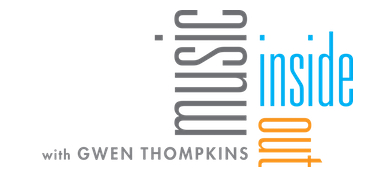Virtuality
Music in the Time of Covid
To my mind, interviews work best when both parties are sharing the same physical space — face to face. Other journalists disagree. But the telephone or even a videoconference over a computer can’t register the kind of nuance that makes conversations memorable — a video won’t easily capture the change in the air when a moment becomes palpable, electric, or even intimate. That’s why we always have insisted on conducting Music Inside Out interviews the old fashioned way — the guest, the engineer and me in the same environment, preferably sitting knee to knee.
But COVID-19 changed all that — at least for now — and, like everyone else on the planet, we’ve adapted.
Artist in the Audience
Enter Emilie Rhys. In 2019, Rhys — a New York City-born artist who moved permanently to New Orleans after Katrina — told me about an exhibit she was planning at the New Orleans Jazz Museum, featuring portraits of local musicians. Rhys had been a mainstay at local clubs and festivals for years, always with her pads and pens, and had been painting musicians at her atelier in the French Quarter.
Rhys comes from a line of fine artists, which includes her grandmother, the painter Gladys Rockmore Davis, and her father Noel Rockmore. His portraits of traditional jazz musicians still hang at Preservation Hall and in private collections across the city. The exhibition, called New Orleans Music Observed: The Art of Noel Rockmore and Emilie Rhys, would showcase his work, as well.
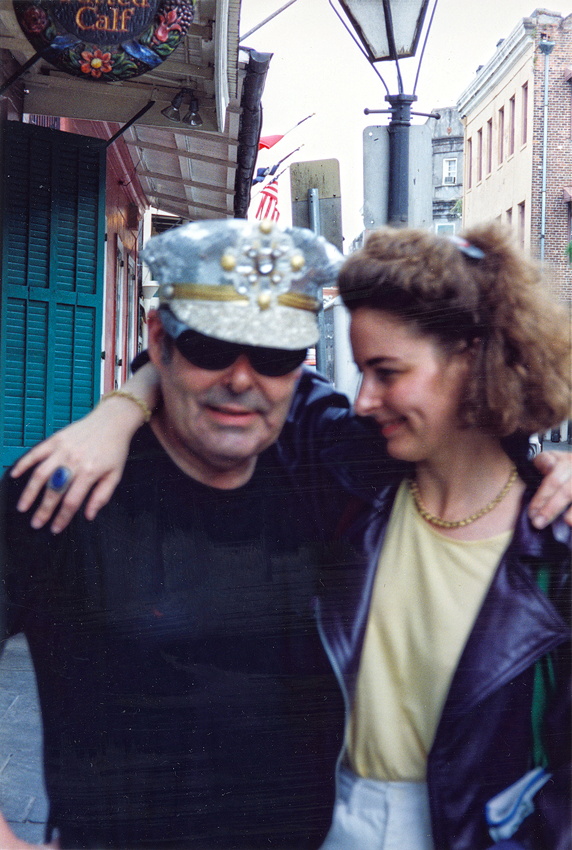
Photo: John Heller
Distance
Rhys needed to know what musicians thought about themselves being depicted in portraiture and asked if we’d help her put their ideas on the record. So, over a series of months and working from a list of musicians she furnished us with, we interviewed them for an upcoming catalogue she is producing in coordination with the Jazz Museum, and we taped the conversations, providing her with transcripts.
Some of the musicians, like the multi-instrumentalist Don Vappie, jazz singer Quiana Lynell, and the drummer/vibraphonist Jason Marsalis, already had been featured on Music Inside Out. Others, like the extraordinary drummer and teacher Johnny Vidacovich and composer Courtney Bryan, were at the top of our wish list.
The interviews also coincided with the Louisiana governor’s shut down order, which meant that we had to connect via videoconference. Producer Lars Hoel helped each musician record on their end, often monitoring the tape from another room. He was a real trooper, visiting most of the guests (socially distant, of course) at their homes, while I spoke from my house in Gentilly. And, in addition to talking about visual art, the musicians shared the effects of the coronavirus pandemic on their personal and professional lives. After all, most musicians have been sidelined since March, when the city’s many music venues closed to the public.
A Different Kind of Interview Show
Somehow our experiment worked. At least, it worked well enough to make a whole show about musicians talking about life during COVID-19, especially when we gave up the notion that we needed traditional conversations on tape. Taking my voice out of the mix allows the listener to have a different experience with the musicians — more intimate. Producers Margaret Howze and our old friend Sean Collins helped edit and organize the monologues. They’ve got wonderful ears.
In the coming weeks, we’ll talk with other musicians about their experiences during the pandemic. But there’s no way forward without thanking Emilie Rhys and the musicians she depicted for helping us adapt to a different reality. Rhys’ exhibit, New Orleans Music Observed: The Art of Noel Rockmore and Emilie Rhys opened in January 2020 and will be extended into 2021. For more details, go to: https://nolajazzmuseum.org/exhibits.
– Gwen Thompkins
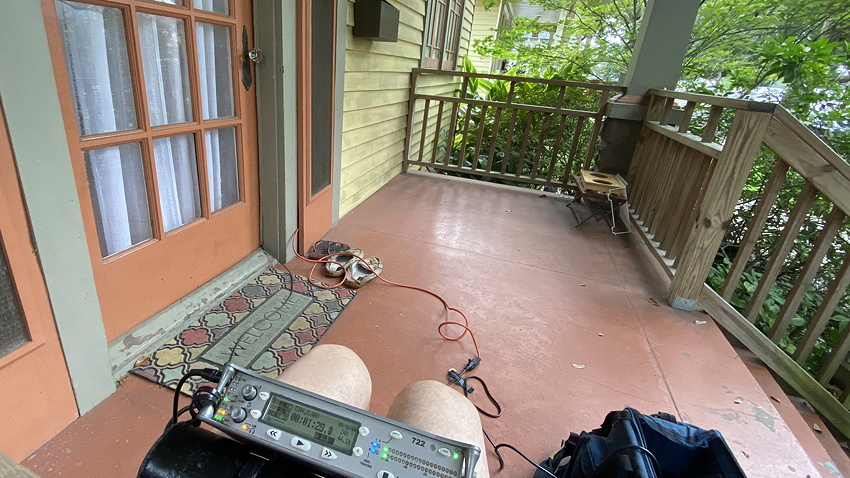
Get In Sync
It’s mid-September, 2020. While Gwen prepares for another Zoom interview, I’m on my way to the musician’s home in my car. If all goes according to plan, Gwen will record her part of the interview in her studio while I record the guest (Johnny Vidacovich, in this case) on location. Later the two halves of the conversation will be mixed together, fooling the listener into thinking the two participants are in the same space.
It’s an old radio technique, called a tape sync (or a double-ender, if you’re at the BBC). Many of the interviews you hear on NPR, for example, are done this way. Especially when the guest can’t go to a radio station or a recording studio, and the producer wants a better-than-phone-quality recording.
How It’s Supposed to Work
I’ve recorded hundreds of tape syncs. But usually I’m face to face with the guest, pointing my microphone at them as they talk. I hold the mic on a telescopic boom so even though I sit a few feet away I can move the mic as the guest shifts in the chair, leans forward, or slouches back. The goal is to keep the mic about eight to ten inches from the guest’s mouth at all times (what we audio engineers call “on-axis.”)
As Gwen said, that process went out the window with Covid. While most musicians let me in their homes for these interviews, I still sat many feet away — often in the next room — while they spoke into my stand-mounted microphone.
On the other hand, Washboard Chaz, Johnny Vidacovich and Dr. Michael White would only allow me to record them if I placed the mic, stand and connecting mic cable by their front door and they brought it inside. This wasn’t an ideal arrangement (along with most other engineers, I like to be in control of my gear), but I was able to tell each musician over the phone how to adjust the mic.
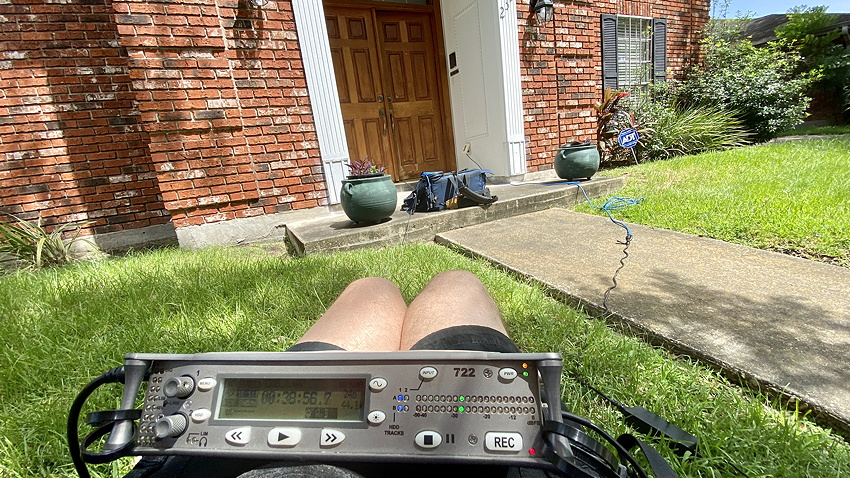
Audio Vérité
I may complain about lack of control, but every single musician was accommodating and generous with their time, even under trying circumstances. And these recordings have a kind of vérité sound you don’t get in a controlled environment. For example, listen for Johnny Vidacovich’s dog barking at the stranger on the front porch. Or check out the rolling thunder underneath the Washboard Chaz interview. If you listen closely you can even hear a lawn maintenance person working across the street from Dr. Michael White.
We kept those in to underscore the remarkable situations we all found ourselves in throughout this challenging time.
—Lars Hoel
Playlist
We have a lot of music on this program … here’s a playlist to help you figure out what’s what.
The Dozen
Most of the twelve musicians we interviewed have their own web pages. And most are performing on various social media platforms as well as some outdoor venues. Learn more below:
Johnny Vidacovich
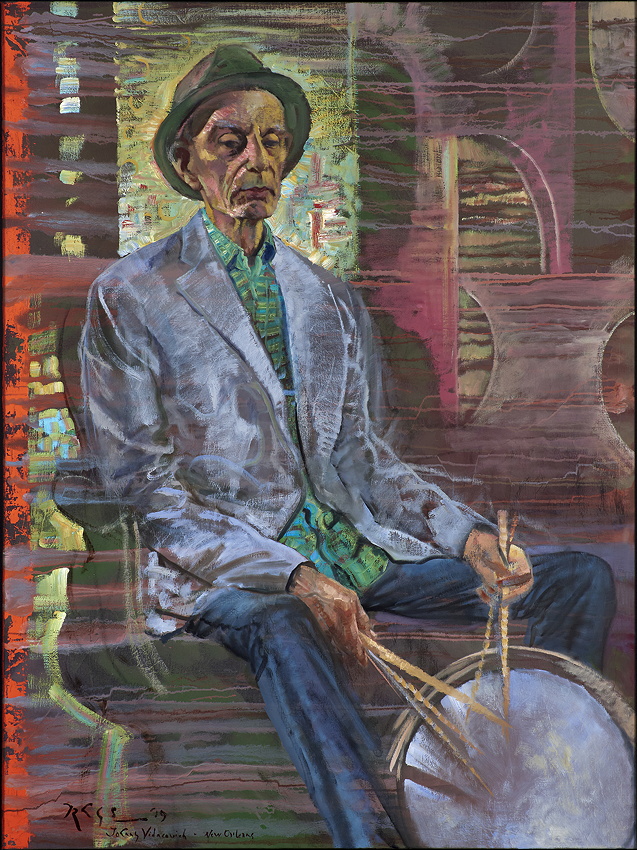
© Scene By Rhys Fine Art
Messages of Hope and Faith
Daily, 4 p.m.
Joy Clark
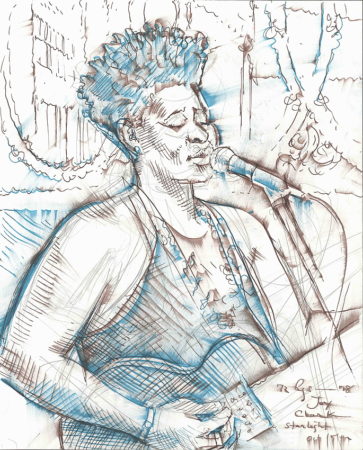
© Scene By Rhys Fine Art
Glen David Andrews
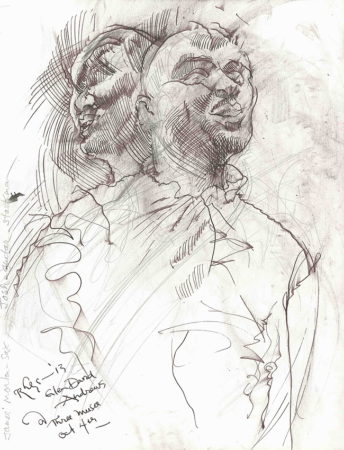
© Scene By Rhys Fine Art
Daily, Cafe du Monde 8 – 11 a.m.
Quiana Lynell

© Scene By Rhys Fine Art
Jason Marsalis

© Scene By Rhys Fine Art
Don Vappie

© Scene By Rhys Fine Art
Facebook — Live
Daily Shows: Morning Coffee 8 a.m.; Afternooon Songs 3 p.m.
Courtney Bryan
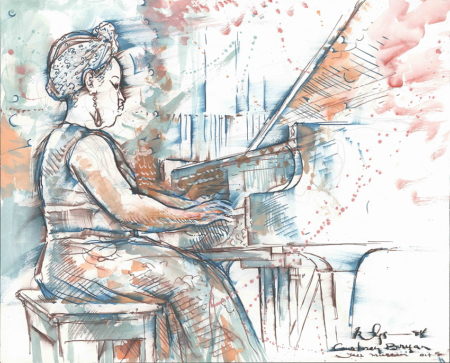
© Scene By Rhys Fine Art
Dr. Michael White
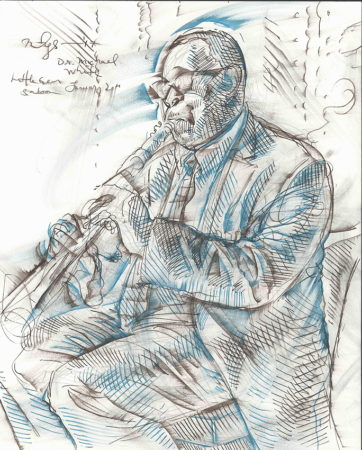
© Scene By Rhys Fine Art
Website – Basin Street Records
Leroy Jones & Katja Toivola
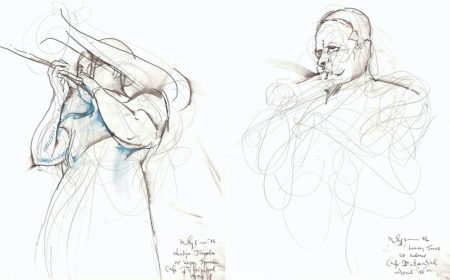
© Scene By Rhys Fine Art
Haruka Kikuchi
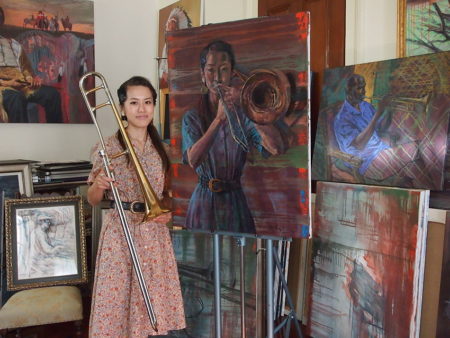
© Scene By Rhys Fine Art
Washboard Chaz

© Scene By Rhys Fine Art
